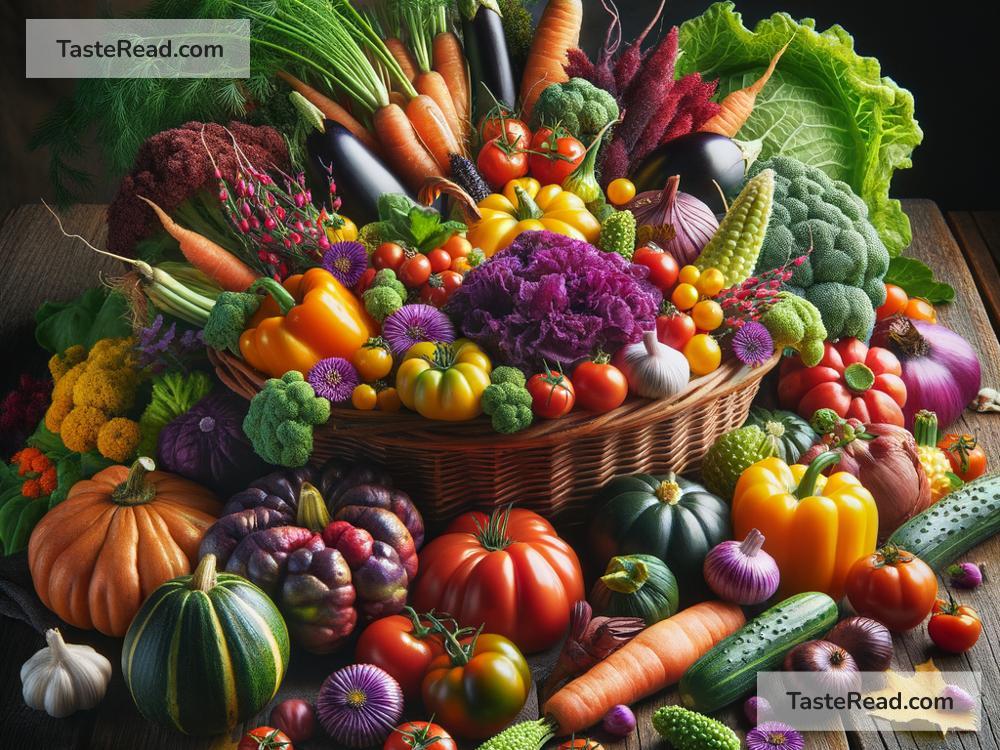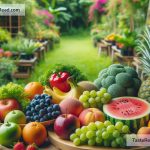How to Use Heritage Vegetable Varieties in Sustainable Cooking
In the vibrant world of sustainable cooking, heritage vegetable varieties are like hidden treasures waiting to be rediscovered. These old-fashioned veggies, also known as heirlooms, are not only packed with unique flavors and colors but also play a key role in preserving biodiversity and supporting local ecosystems. But how exactly can we incorporate these precious gems into our day-to-day cooking and contribute to a more sustainable planet? Let’s dive into the world of heritage vegetables and explore ways to use them in our kitchens.
What Are Heritage Vegetable Varieties?
First things first, heritage vegetable varieties are those that have been passed down through generations, often saved and shared by farmers, gardeners, and families who appreciate their unique qualities. Unlike modern hybrids, these varieties are not bred for mass production but for their flavors, adaptability to local environments, and resistance to pests and diseases. By choosing these vegetables, you’re stepping into a delicious legacy of agricultural diversity.
Discovering Heritage Vegetables
Your journey with heritage veggies starts with discovery. Farmers’ markets, local organic stores, and specialty food shops are treasure troves of heirloom varieties. Look for vibrant tomatoes in shades of purple and green, carrots in hues of red and yellow, or ancient grains that trace back centuries. Each has its own story to tell and flavor to reveal.
Another way to immerse yourself in the world of heritage vegetables is by joining a community-supported agriculture (CSA) scheme or subscribing to vegetable box deliveries that focus on local and heirloom varieties. This not only enriches your kitchen palette but also directly supports small-scale farmers and the local economy.
Cooking with Heritage Vegetables
The beauty of cooking with heritage vegetables lies in their depth of flavor. Here are some simple and sustainable ways to make the most out of them in your kitchen:
-
Simple is Best: Heirloom varieties often have distinct tastes that are best enjoyed with minimal cooking and fuss. Think fresh salads, quick sautés, or oven-roasts that let their natural flavors shine. A drizzle of olive oil, a sprinkle of salt, and a dash of pepper are all you need to elevate their taste.
-
Preserving the Bounty: Part of sustainability is reducing waste, and what better way to do that than by preserving? Pickling, fermenting, and canning are excellent methods to extend the shelf life of heritage vegetables. Plus, they add a delicious tang and zing to meals. Fermenting cabbage or pickling cucumbers from your local heirloom varieties can add a whole new layer of flavor to your meals.
-
Seed Saving: Another unique aspect of cooking with heritage vegetables is the opportunity to save seeds for future planting. Not only does this practice ensure the continuation of these traditional varieties, but it also fosters a deeper connection between you, your food, and the cycle of nature. Tomatoes, peppers, and beans are great starter plants for novice seed savers.
-
Creative Swaps: Use heritage vegetables as creative substitutes in your favorite recipes. Swap out regular potatoes for purple ones in your mash, use candy-striped beets for a visually stunning salad, or give your soups a twist with heirloom squashes. Experimenting in the kitchen has never been more colorful or rewarding.
Champions of Sustainability
Embracing heritage vegetables in your cooking is more than a nod to gastronomic diversity; it’s a step towards sustainable living. These varieties require fewer resources to grow, are better adapted to local climates, and reduce the need for chemical pesticides and fertilizers. By choosing them, you’re helping the environment and enjoying better-tasting food—it’s a win-win.
Final Thoughts
Incorporating heritage vegetable varieties into your cooking is an exciting journey that benefits not just your taste buds but also the planet. As more people choose these flavorful, nutritious, and environmentally friendly options, we support a system that values diversity, sustainability, and the beauty of tradition. So next time you’re planning your meals, consider reaching for that oddly shaped, vibrantly colored heirloom veggie. It’s a choice that tastes good and feels good, too.


